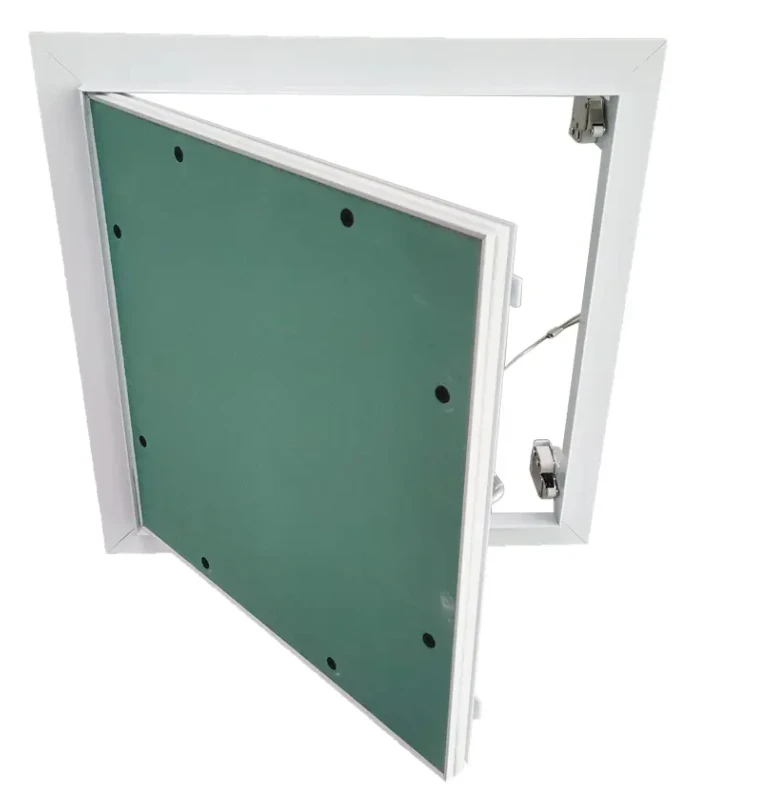- Afrikaans
- Albanian
- Amharic
- Arabic
- Armenian
- Azerbaijani
- Basque
- Belarusian
- Bengali
- Bosnian
- Bulgarian
- Catalan
- Cebuano
- Corsican
- Croatian
- Czech
- Danish
- Dutch
- English
- Esperanto
- Estonian
- French
- German
- Greek
- Hindi
- Indonesian
- irish
- Italian
- Japanese
- Korean
- Lao
- Malay
- Myanmar
- Norwegian
- Norwegian
- Polish
- Portuguese
- Romanian
- Russian
- Serbian
- Spanish
- Swedish
- Thai
- Turkish
- Ukrainian
- Uzbek
- Vietnamese
दिसम्बर . 07, 2024 17:02 Back to list
Choosing the Best Materials for Grid Ceiling Tiles in Modern Interiors
The Role of Grid Ceiling Tiles in Modern Architecture
In contemporary architecture, aesthetic appeal and functionality play crucial roles in the design and construction of interior spaces. Among the myriad elements contributing to these goals, grid ceiling tiles have emerged as a popular choice for both commercial and residential buildings. These tiles not only enhance visual sophistication but also serve practical purposes, making them indispensable in modern architectural practices.
Composition and Material Diversity
Grid ceiling tiles are available in a variety of materials, each offering different advantages. Common materials include mineral fiber, fiberglass, metal, and PVC. Mineral fiber tiles are popular due to their sound absorption qualities, making them ideal for office spaces and auditoriums. Fiberglass tiles, on the other hand, are lightweight and resistant to moisture, making them perfect for healthcare facilities and areas prone to humidity. Metal tiles, often made from aluminum or steel, add a sleek, modern touch to ceilings and are durable, providing a long-lasting option for high-traffic areas. PVC tiles are an excellent choice for environments that require moisture resistance and ease of maintenance, such as kitchens and bathrooms.
Aesthetic Versatility
One of the key benefits of grid ceiling tiles is their aesthetic versatility. Available in countless designs, textures, and colors, these tiles allow for creative freedom in interior design. They can simulate the appearance of more expensive materials, such as wood or stone, while offering a more cost-effective solution. Moreover, the grid system provides a framework that enhances the overall look of a space, allowing architects and designers to incorporate lighting fixtures, air vents, and other utilities seamlessly. The ability to customize ceiling tiles enables spaces to reflect the personality of their occupants or the brand identity of a business.
Acoustic Benefits
grid ceiling tiles material

Acoustic performance is an essential consideration in modern design. Grid ceiling tiles significantly contribute to sound management within a space. Utilizing sound-absorbing materials, these tiles can help reduce noise levels, making environments more conducive to focus and productivity. This aspect is particularly important in open office layouts, where excessive noise can be a distraction. By incorporating acoustically treated grid ceiling tiles, businesses can improve employee satisfaction and work efficiency, demonstrating that thoughtful design can lead to better outcomes.
Installation and Maintenance
From a practical standpoint, grid ceiling tiles are relatively easy to install and maintain. The modular design allows for quick installation, which can be a considerable advantage in time-sensitive projects. Additionally, if a tile becomes damaged or stained, it can be easily replaced without the need for extensive renovations. Dust and dirt can generally be wiped clean, ensuring that the ceiling remains attractive with minimal effort. This aspect makes grid ceilings a practical choice for both new constructions and renovations.
Sustainability Considerations
As sustainability becomes a more pressing concern in all fields, the material choices for grid ceiling tiles are increasingly reflecting this trend. Manufacturers are producing tiles made from recycled materials and are committed to sustainable practices. Eco-friendly options not only reduce the environmental impact but also contribute to LEED certification for green building projects, which is increasingly important for modern businesses.
Conclusion
In summary, grid ceiling tiles offer a unique blend of aesthetic appeal, acoustic management, practicality, and sustainability, making them a vital component in current architectural trends. Their diverse material options and design versatility enhance both functionality and visual interest in various spaces, from corporate offices to personal residences. As architects continue to prioritize innovative and sustainable solutions, grid ceiling tiles will undoubtedly remain at the forefront of interior design choices, shaping the environments we inhabit.
-
Transform Interiors with PVC Gypsum Ceiling: A Stylish, Durable, and Moisture-Resistant SolutionNewsMay.19,2025
-
The Smart Interior Upgrade: Discover the Durability and Versatility of Gypsum Ceiling Access Panel SolutionsNewsMay.19,2025
-
The Smart Choice for Interior Design: Discover the Value of PVC Gypsum Ceiling SolutionsNewsMay.19,2025
-
Mineral Fiber Ceiling Tiles: The Smart Blend of Performance and AestheticsNewsMay.19,2025
-
Mineral Fiber Ceiling Tiles: The Superior Choice Over Gypsum for Sound and Fire SafetyNewsMay.19,2025
-
Mineral Fiber Ceiling Tiles: Eco-Friendly Strength and Style for Every CeilingNewsMay.19,2025







